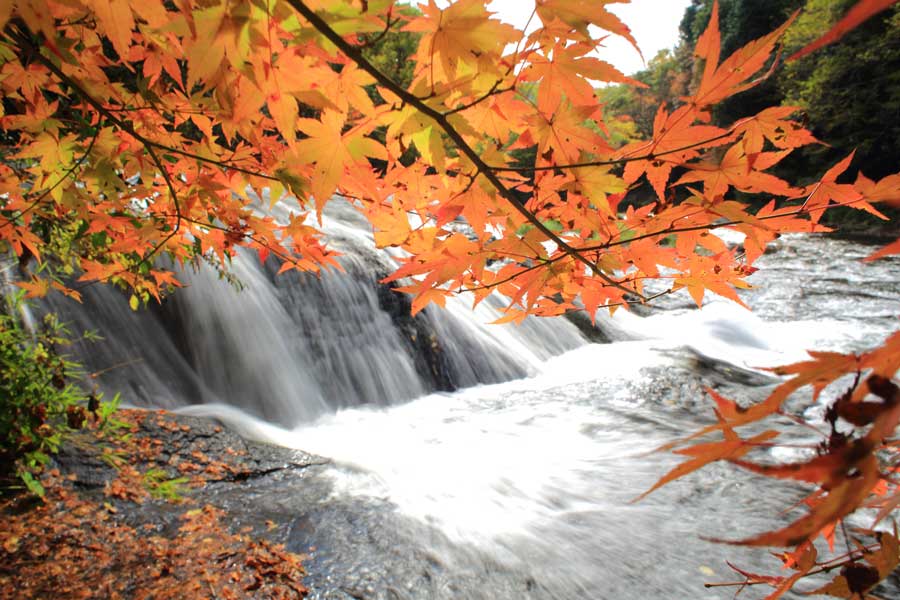|
Ich bin suchtig nach Lowen Play Casino, es ist ein Online-Casino, das wie ein Lowe brullt. Es gibt eine Flut an fesselnden Casino-Titeln, inklusive stilvoller Casino-Tischspiele. Der Casino-Service ist zuverlassig und machtig, liefert klare und schnelle Losungen. Casino-Transaktionen sind simpel wie ein Pfad im Busch, trotzdem mehr regelma?ige Casino-Boni waren ein Volltreffer. Alles in allem ist Lowen Play Casino ein Casino, das man nicht verpassen darf fur die, die mit Stil im Casino wetten! Ubrigens die Casino-Navigation ist kinderleicht wie eine Fahrte, den Spielspa? im Casino in die Hohe treibt.
l„Cپ÷wen play kehl| |
|

